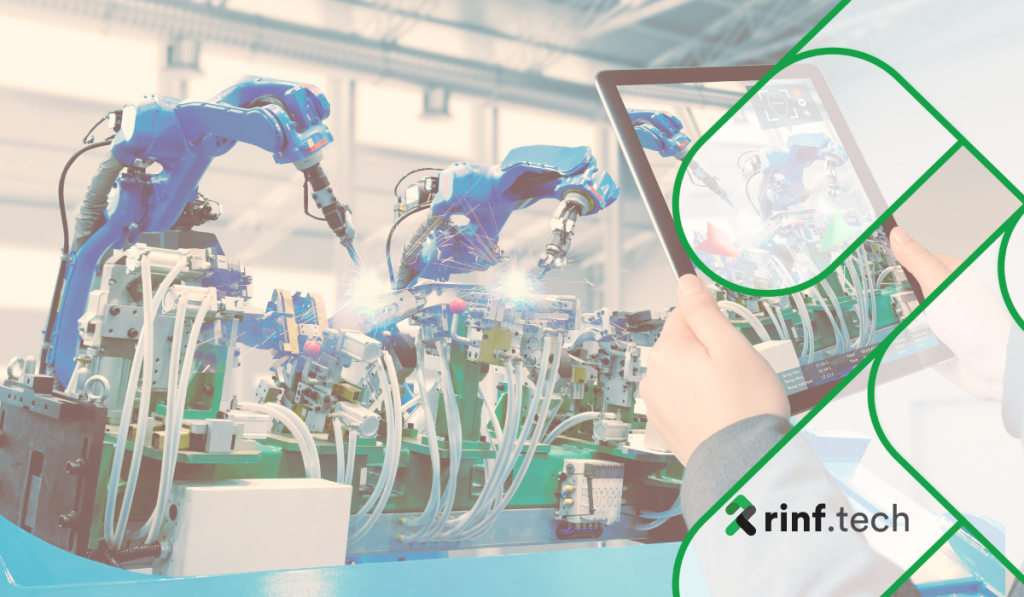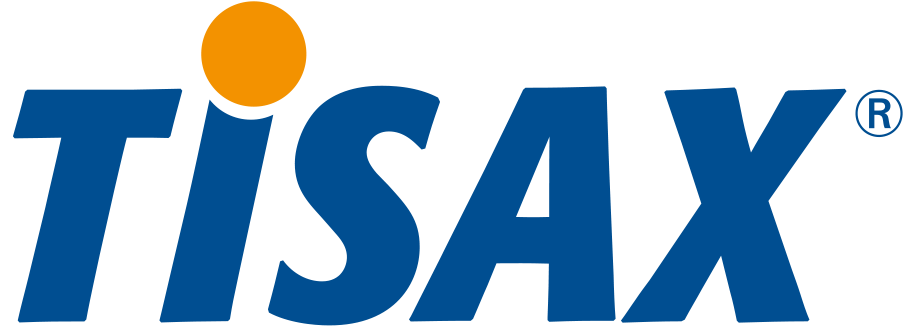Looking ahead, the role of automation in supply chain and delivery is expected to undergo considerable growth and transformation. This evolution is propelled by rapid technological advancements, shifting market dynamics, and a growing focus on sustainability and efficiency.
Emergence of Autonomous Vehicles and Drones
The future will likely witness an increased integration of autonomous vehicles and drones in logistics and delivery. AVs, including self-driving trucks and vans, are set to revolutionize overland transportation by enhancing efficiency, reducing human-error accidents, and optimizing delivery routes. Drones offer innovative solutions for last-mile deliveries, particularly in urban or hard-to-access areas, potentially cutting delivery times and costs and avoiding conventional traffic obstacles. Drone technology is advancing towards carrying heavier loads over longer distances, which could open new avenues for remote area deliveries and emergency logistics. Meanwhile, AVs are expected to integrate deeper with smart city infrastructures, enabling smoother and more predictable traffic flows and reducing delivery times and environmental impact.
Advancements in AI and Machine Learning
AI and machine learning will continue to lead in automating supply chains. Their roles in predictive analytics, demand forecasting, and inventory optimization are crucial for enhancing supply chain efficiency. AI advancements will bring more complex data analysis for highly accurate demand predictions and responsive supply chain operations. Additionally, AI’s role in risk management by identifying potential disruptions and suggesting countermeasures is invaluable.
Beyond predictive analytics and demand forecasting, AI and machine learning will revolutionize supply chain transparency and accountability. Through advanced algorithms, AI will enhance the traceability of products from origin to end-user, ensuring greater compliance with ethical standards and regulatory requirements. This will not only strengthen supply chain integrity but also support consumer demands for transparency and sustainability.
Increased Use of IoT and Enhanced Connectivity
The Internet of Things will continue to grow its impact on supply chains, with an increasing number of connected devices and sensors being integrated into all aspects of the supply chain. Enhanced connectivity will enable real-time data collection and monitoring, leading to better-informed decision-making and more efficient operations. IoT also improves asset tracking, condition monitoring, and predictive maintenance, reducing downtime and extending equipment lifespan.
As IoT technology matures, its deployment in supply chains will likely extend to more nuanced and complex applications. Future developments could include IoT-enabled innovative packaging that monitors real-time product conditions, ensuring that perishables and sensitive items are maintained within optimal parameters throughout their journey. This capability will be particularly beneficial for pharmaceuticals and food and beverage industries, where quality assurance during transport is critical.
Hyperloop Technology in Logistics
While still in development, hyperloop technology offers intriguing potential for the future of long-distance freight transport in supply chains. Its high-speed, energy-efficient transport could substantially shorten freight transit times, enhancing the speed and efficiency of supply chain operations.
The hyperloop uses innovative techniques such as pressurization systems, electric propulsion, and magnetic energy to move freight at high speed through a tunnel, reducing the impact of transport on logistics. The loads would be placed in capsules traveling through a tunnel at approximately 750 mph, establishing itself as a low-energy-cost alternative for long-distance freight trains or airplanes. Hyperloop technology could solve logistics challenges like shorter order delivery times or pollution. HyperloopTT and Zeleros are two companies developing hyperloop technology for freight transport. Hyperloop technology is still more of a work in progress than a tangible reality, but it can potentially transform the logistics industry immensely.
Sustainability and Ethical Practices
A growing accent on environmental sustainability will drive the adoption of eco-friendly automation technologies in supply chains. Systems that are energy-efficient and reduce waste will be increasingly sought after. As automation technologies advance, their application in supporting circular economy principles within supply chains will become increasingly significant. Automated systems will facilitate the efficient recycling and repurposing of materials, reducing waste and supporting sustainable production cycles. This will help companies meet regulatory requirements and align with growing consumer expectations for environmental protection.
Collaborative Robotics and Human-Automation Integration
The future will see more collaborative robotics where robots work alongside humans, boosting productivity and safety. Integrating humans and automation will redefine job roles and processes in supply chains, leading to more efficient and adaptable operations.
The future of collaborative robotics in supply chains will likely focus on enhancing human decision-making with robotic precision and reliability. Robots equipped with AI and machine learning capabilities can predict human needs, adapt to changing environments, and provide support in real-time, creating a seamless human-robot workflow that maximizes the strengths of both.
Blockchain for Greater Transparency and Security
Blockchain technology is expected to play a larger role in enhancing transparency and security in supply chains. Its decentralized ledger system can securely store and share transaction records, improving trust among all supply chain participants.
Furthermore, blockchain’s role in supply chains will evolve beyond transparency and security to facilitate smarter contracts and automated transactions. Smart contracts enabled by blockchain could automatically execute payments, order fulfillment, and other transactions based on predefined conditions, streamlining supply chain operations and reducing the potential for disputes.






